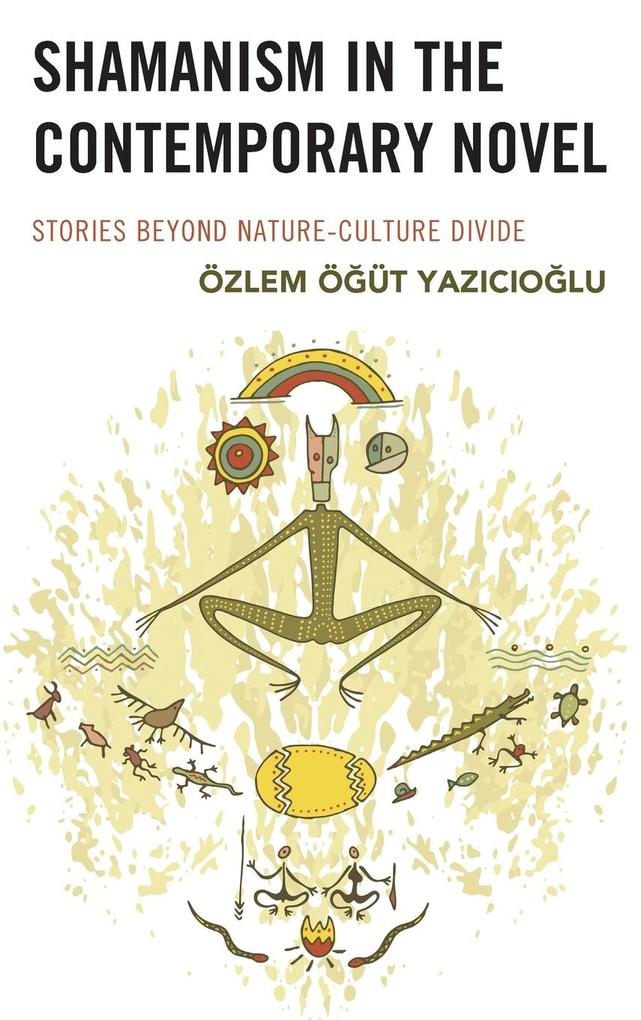
Zustellung: Di, 08.07. - Fr, 11.07.
Versand in 7 Tagen
VersandkostenfreiShamanism in the Contemporary Novel examines how shamanism is used as a significant trope in a selection of novels. Ö zlem Ö ü t Yaz c ö lu contends that the shamanic figures and societies featured in these works have been subjected to marginalization, dislocation, and dispossession through imperialist, colonialist, and capitalist encroachments in different historical contexts.
Inhaltsverzeichnis
Introduct on
Part I: Shamanism, Animism, and Totemism in North-East Asian Indigenous Contexts
Chapter 1: Being With: Transcorporeal Imagination in The Last Quarter of the Moon
Chapter 2: If Confucius Hadn't Said: Rewriting History from the Memory of Water in Fang Qi's Elegy of a River Shaman
Chapter 3:Why It Matters What We Can Afford To Each Other: Of Wolves and Men in Jiang Rong's Wolf Totem
Part II: Shamanistic-Animistic Insights for Social and Environmental Justice Today
Chapter 4: Bodies and Souls: Diffractive Seeing in Angela Carter's Nights at the Circus and Elif Shafak's The Gaze
Chapter 5: Resisting With Myths and Books in Water and Earth by Buket Uzuner
Conclusion
Part I: Shamanism, Animism, and Totemism in North-East Asian Indigenous Contexts
Chapter 1: Being With: Transcorporeal Imagination in The Last Quarter of the Moon
Chapter 2: If Confucius Hadn't Said: Rewriting History from the Memory of Water in Fang Qi's Elegy of a River Shaman
Chapter 3:Why It Matters What We Can Afford To Each Other: Of Wolves and Men in Jiang Rong's Wolf Totem
Part II: Shamanistic-Animistic Insights for Social and Environmental Justice Today
Chapter 4: Bodies and Souls: Diffractive Seeing in Angela Carter's Nights at the Circus and Elif Shafak's The Gaze
Chapter 5: Resisting With Myths and Books in Water and Earth by Buket Uzuner
Conclusion
Mehr aus dieser Reihe
Produktdetails
Erscheinungsdatum
21. März 2022
Sprache
englisch
Seitenanzahl
188
Reihe
Ecocritical Theory and Practice
Autor/Autorin
Özlem Öüt Yazcolu
Verlag/Hersteller
Produktart
gebunden
Gewicht
431 g
Größe (L/B/H)
235/157/15 mm
ISBN
9781498591157
Entdecken Sie mehr
Bewertungen
0 Bewertungen
Es wurden noch keine Bewertungen abgegeben. Schreiben Sie die erste Bewertung zu "Shamanism in the Contemporary Novel" und helfen Sie damit anderen bei der Kaufentscheidung.































